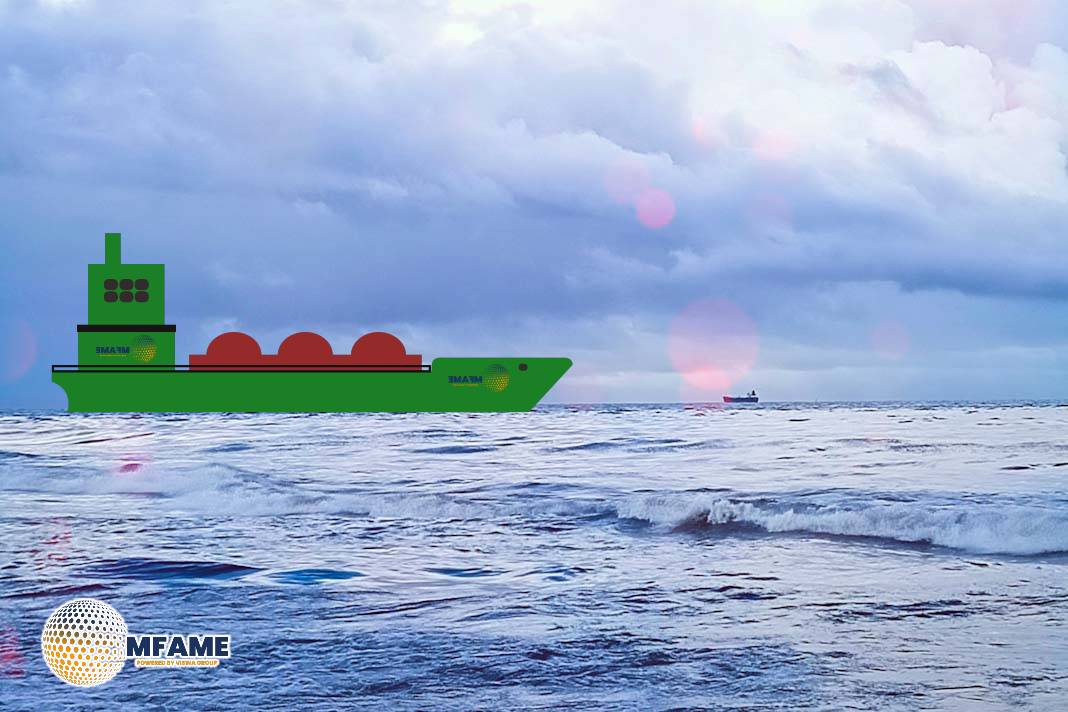 In an era of growing maritime risks, having a Port of Refuge (POR) procedure is vital for shipowners, charterers, salvors, and insurers. When emergencies like container ship fires occur at sea, swift and coordinated action determines whether the incident is contained or escalates into a major loss. This article explores why a structured POR plan is essential, how decisions are made during emergencies, and what considerations must be addressed both at sea and onshore.
In an era of growing maritime risks, having a Port of Refuge (POR) procedure is vital for shipowners, charterers, salvors, and insurers. When emergencies like container ship fires occur at sea, swift and coordinated action determines whether the incident is contained or escalates into a major loss. This article explores why a structured POR plan is essential, how decisions are made during emergencies, and what considerations must be addressed both at sea and onshore.
The Need for a Port of Refuge Plan
Container ship fires continue to pose serious threats to vessels, crews, cargo, and the environment. Once a salvage contract is activated and firefighting efforts begin, identifying a suitable Port of Refuge becomes critical. Larger modern vessels, complex cargo manifests, and hazardous goods have made the process more challenging than ever.
Early decision-making is key. The ship’s location, nearby ports, and the stance of local authorities must be evaluated quickly. Typically, under a Lloyd’s Open Form (LOF) salvage agreement, the salvage master has command, while the shipowner applies for port entry. Insurers, charterers, and even alliance partners all play vital roles in these decisions.
Efficient operations depend on collaboration daily coordination meetings, sharing cargo and Dangerous Goods manifests, and transparent communication help ensure safety and compliance with LOF clauses that emphasize cooperation.
Permission to Enter: Navigating Port Authority Challenges
Obtaining permission to enter a port of refuge can be complex and inconsistent. The IMO Resolution A.1184(33), adopted in 2023, provides updated Guidelines on Places of Refuge for Ships in Need of Assistance. It encourages coastal States to stabilize incidents to prevent pollution and damage. However, the guidelines are non-binding, meaning States may still deny entry based on perceived risks.
In practice, NIMBY (“Not In My Backyard”) attitudes often influence decisions. Some authorities resist allowing casualty vessels entry, while others recognize potential economic benefits. Building early relationships with decision-makers and maintaining open communication with authorities are crucial steps to avoid delays or refusals.
Unannounced arrivals are never welcomed; hence, initiating contact early with potential PORs builds trust and ensures readiness when emergencies arise.
Shoreside Operations and Environmental Responsibility
Managing cargo after a fire is a major logistical and environmental challenge. Damaged containers some reduced to scrap or hazardous debris must be handled according to international conventions and local environmental laws.
Simply unloading them onto the quay is no longer acceptable. Cargo must be properly decontaminated, segregated, recycled, or disposed of in compliance with ESG standards and the Basel Convention on hazardous waste.
Responsibilities may be unclear after a casualty, but cooperation between shipowners, insurers, and port authorities is essential. A unified, integrated ship and shore plan helps reduce costs, expedite repairs, and ensure compliance. Where disposal or removal affects vessel repair, collaboration between Hull and Machinery underwriters and P&I Clubs becomes vital to keep operations on track.
Given the increasing frequency of container ship fires and environmental scrutiny, it is essential for shipowners and insurers to have a well-defined Port of Refuge procedure in place. Early communication with authorities, coordinated stakeholder action, and an integrated ship-shoreside response can make a decisive difference in mitigating losses.
By adopting proactive measures and maintaining open dialogue, maritime stakeholders can ensure faster recovery, regulatory compliance, and greater operational resilience in times of crisis.
Did you subscribe to our daily Newsletter?
It’s Free Click here to Subscribe!
Source: HFW























